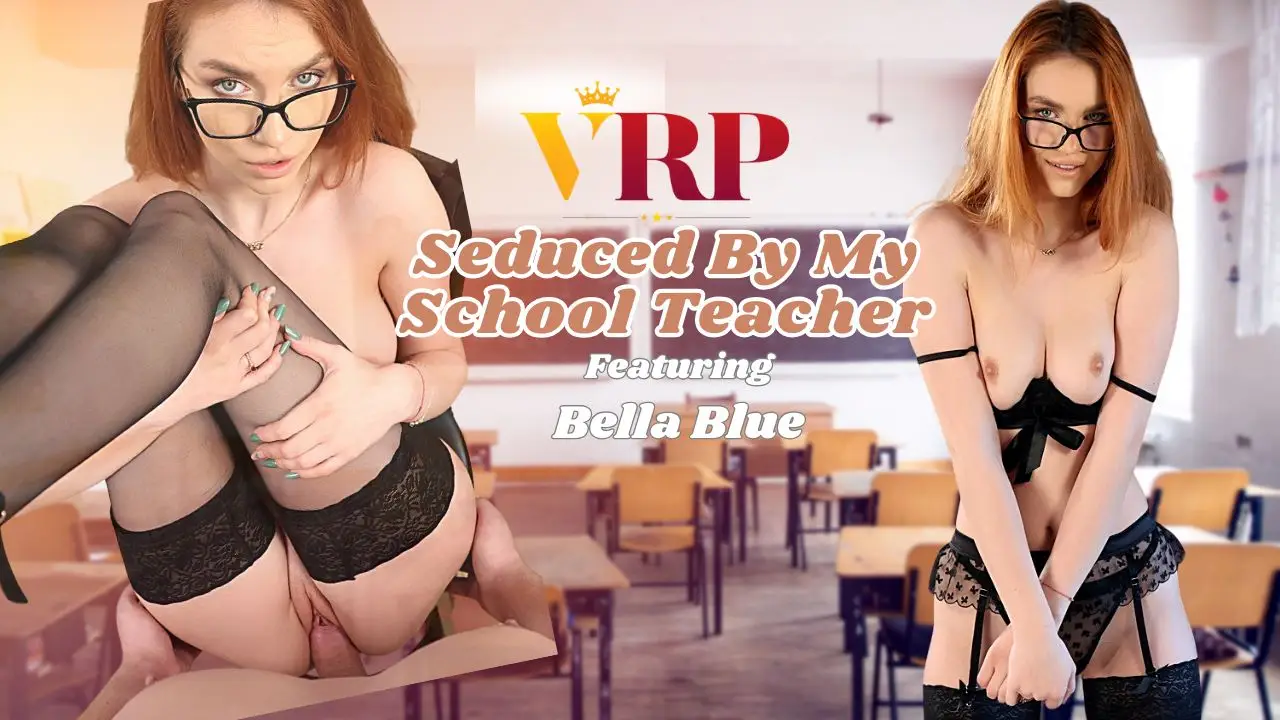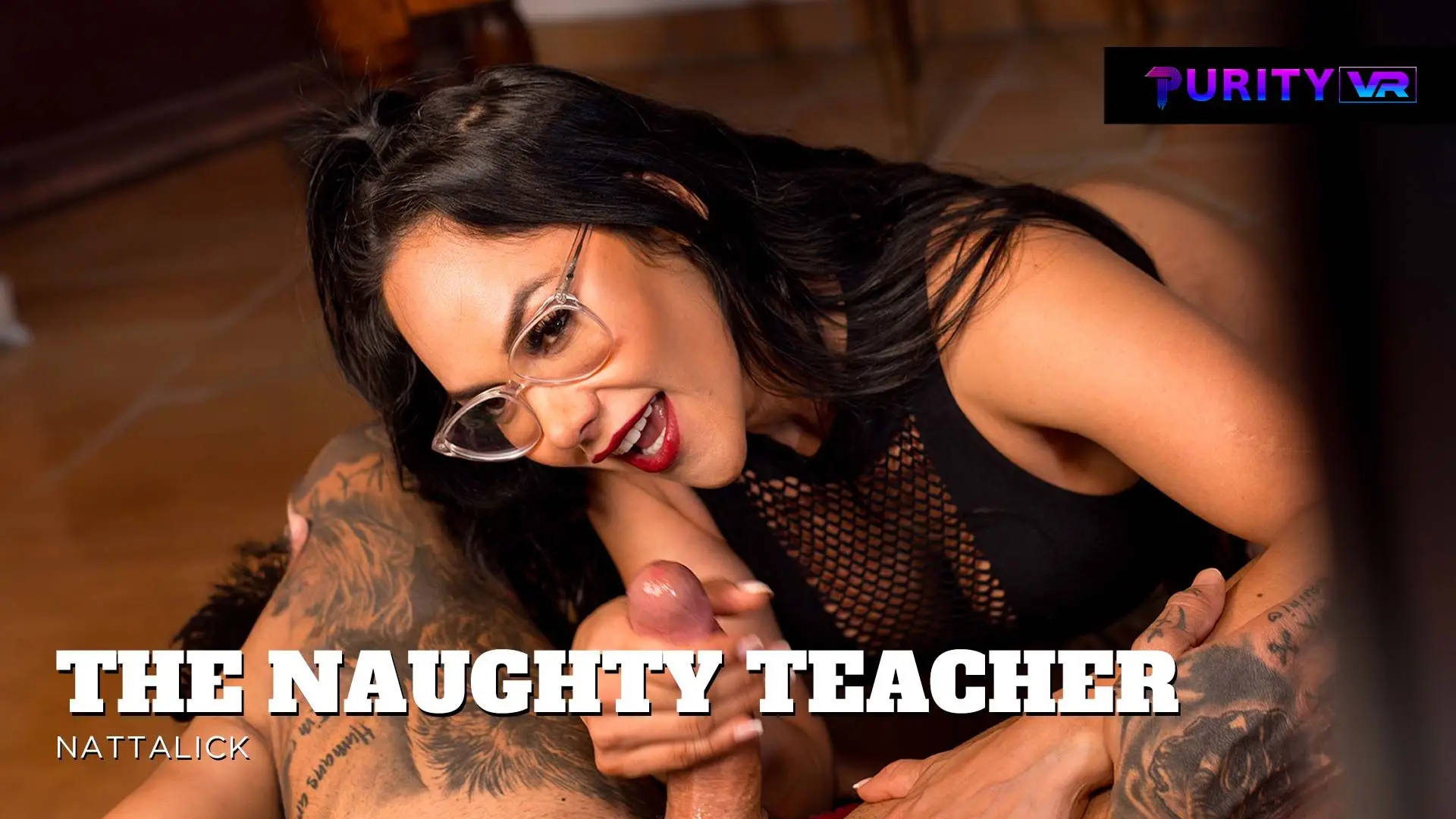Virtual Reality (VR) has revolutionized numerous industries, and education is no exception. The VR category: Teacher introduces a groundbreaking approach to learning, where students can immerse themselves in interactive, three-dimensional environments. This innovative method enhances engagement and understanding by allowing learners to experience subjects in a more tangible and memorable way. As of the latest updates, VR educational tools have been integrated into various curricula worldwide, with platforms like ClassVR and Google Expeditions leading the charge in providing teachers with the resources needed to create immersive learning experiences.
The adoption of VR in teaching has shown promising results in improving student outcomes. Studies indicate that VR can boost retention rates by up to 80%, as it leverages visual and experiential learning, which are key to memory formation. Teachers using VR can take their students on virtual field trips to historical sites, simulate scientific experiments, or explore complex concepts in math and physics. The latest developments in VR technology have made these tools more accessible, with affordable headsets and user-friendly software becoming increasingly available to schools and educators.
Moreover, VR in education is not just about the technology; it's about transforming the role of the teacher. With VR, educators can become facilitators of immersive learning journeys, guiding students through experiences that were previously unimaginable. Professional development programs, such as those offered by Nearpod VR, are equipping teachers with the skills needed to effectively integrate VR into their teaching strategies. As VR continues to evolve, the future of education looks bright, with teachers at the forefront of this exciting new frontier.



